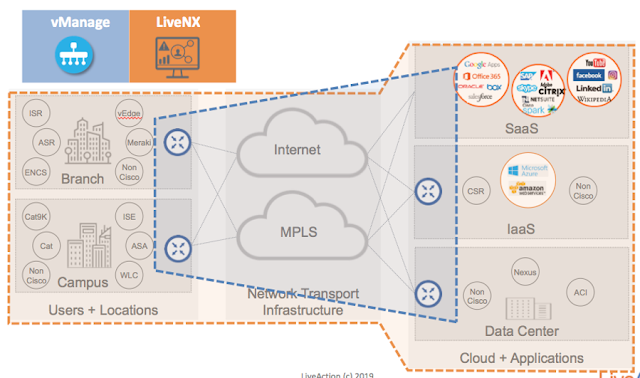For those of you reading this, you may be wondering how any of this applies to you. I aim to share some life academic, professional and technical lessons that I carry with me, lessons that guide me when things get really tough.
At university, I remember going my first maths lecture (it was Analysis I) and there were no numbers, only letters, no standard substitution, no fool-proof method to get an answer. I remember the sheer confusion I felt throughout that course. People around me didn’t seem as confused; they were asking some brilliant questions, getting all the problem sheets correct and even finding time to party every night. Maths was the one thing I thought I was good at, but at university, I really wasn’t. And I’ll be honest, this was a huge knock for me.
Lesson #1: You CAN achieve anything in the world if you put the work in and if it’s through the right methods, as opposed to the most efficient.
I had to find a whole new approach to learning the material. I had to research independently, self-teach a lot of material and I had to do it in time for the assessments and exams. Okay, I didn’t end that that term knowing everything about Analysis. But what this taught me is that I was challenging myself more than I ever had before, and this meant I could grow more quickly than I ever had before. When it came to Analysis II the following term, I was able to use those research skills and I ended up passing with enough marks to pull up my final Analysis grade to a 1st.
Lesson #2: Try new things with an open mind. Whether you end up liking it or not, there’s always something to gain.
I hadn’t really considered Computer Science much at school since there was no course on it at the time. I studied it at university with the aim of converting to a full maths course in my second year, but I really, really enjoyed it! It was practical, it was hands on. It developed familiar skills, such as problem-solving, but in a completely new context. Within the first term, I learned how to program a robot that could figure out the way out of a maze. I created my own version of Twitter. I started supporting hackathons and developing a passion for technology. I didn’t realize Lesson #2 until quite far into my degree. Had I not tried Computer Science, I probably wouldn’t be at Cisco today.
Lesson #3: For technical skills that are relevant, stay up to date by reading articles, researching online and connecting with others.
If you know your stuff about the technology you’re passionate about, it won’t be long before people know to come to you for advice and guidance around it. You can start building this by simply reading an article a week about the area of tech that interests you. You’ll probably see things that don’t make any sense. Use the resources around you, for example, Networking Academy, to educate yourself. Another idea is to connect with others who have a similar interest; LinkedIn is great for this. Within a month, you’ll be off to a good start with foundation knowledge. Within a year, you’ll be an expert.
Cybersecurity is my favourite area of technology. If you’re interested in this too, the top areas I’d recommend looking into are:
1. Programmability & DevSecOps culture shift: Today, applications form the foundation of our digital world. If you use the Netflix app and find it really slow, you’ll probably switch to Amazon Prime or Disney+ in a heartbeat. This is an application-first world and security needs to be a part of it. DevSecOps is a culture where developers, operations and cybersecurity specialists work together to create a secure app from the ground up, with the best possible user experience for their customers.
2. Quantum Technologies and Communication: Quantum is mind-bending, it’s like an alternate reality. It brings incredibly opportunities and also some serious threats. Whilst I don’t recommend studying the ins and outs of the workings behind quantum technology (unless you’re interested in quantum physics, then you should definitely give it a go!), I would say keep an eye out on articles. There are going to be some really cool applications of quantum technology!




















